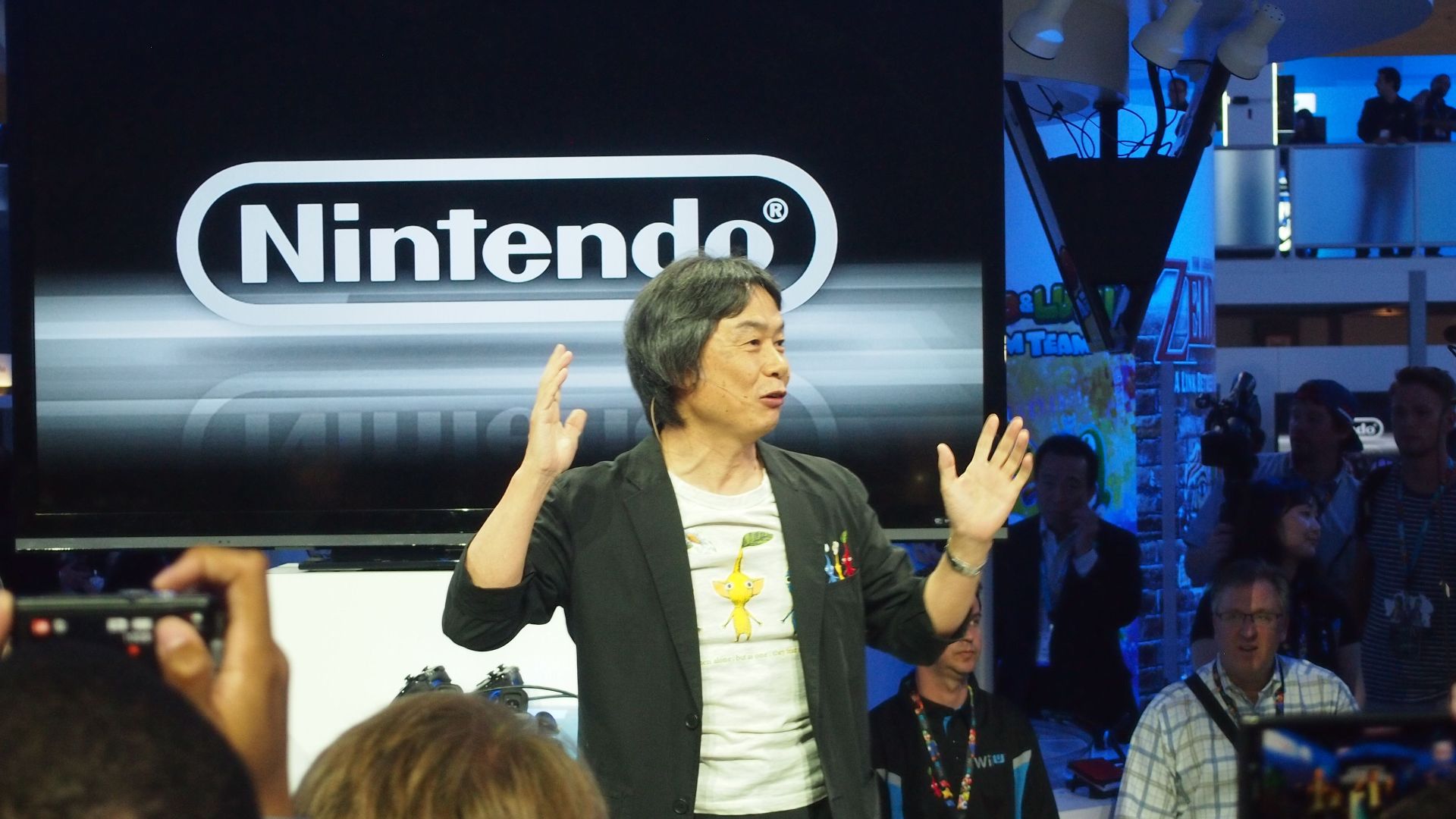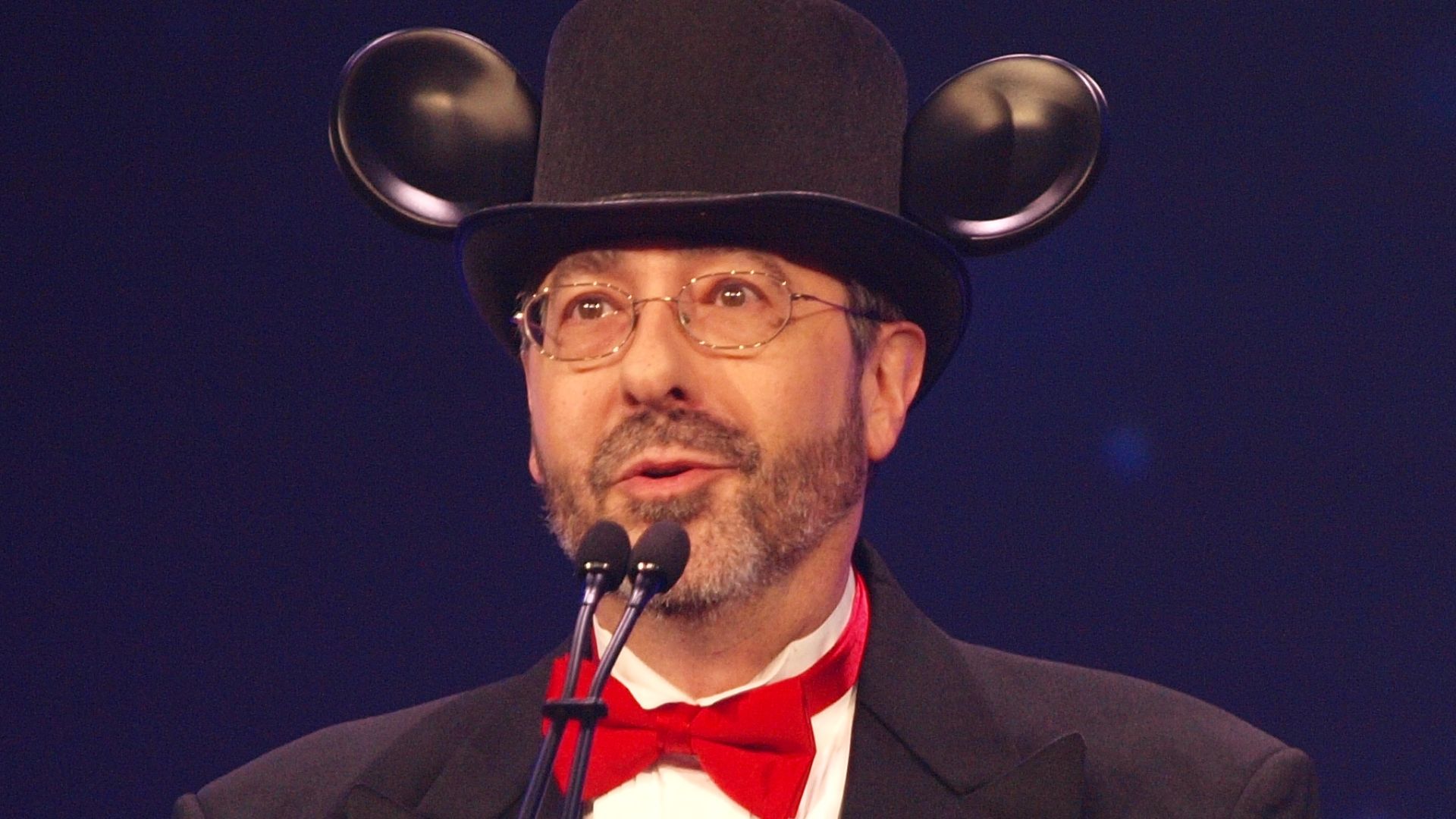Icons Who Shaped The Gaming World
Ask any gamer who the most legendary video game designer is, and you’ll probably get a different answer every time. Some swear by the pioneers who shaped the early arcade era, while others champion modern innovators who push boundaries with every release. It’s all about personal taste, gaming history, and the titles that left a mark on your own experience. So, here are 20 legendary video game designers who left an undeniable mark on the industry.
 Microsoft Corporation on Wikimedia
Microsoft Corporation on Wikimedia
1. Shigeru Miyamoto
Long before video games became sprawling cinematic experiences, Shigeru Miyamoto was already rewriting the rules of fun. When he created Super Mario Bros. in 1985, he set the gold standard for platformers. Beyond individual hits, Miyamoto also shaped Nintendo’s design philosophy.
2. Hideo Kojima
Hideo Kojima redefined action gaming in 1987 with Metal Gear, which laid the foundation for Metal Gear Solid in 1998, where cinematic storytelling and gameplay became inseparable. Later, establishing Kojima Productions allowed him to take full creative control, leading to Death Stranding in 2019.
 Georges Seguin (Okki) on Wikimedia
Georges Seguin (Okki) on Wikimedia
3. Sid Meier
Sid Meier first captured attention in 1987 with Pirates!, one of the earliest open-world adventures. Building on that innovation, he launched Railroad Tycoon in 1990, setting a standard for economic simulators. As co-founder of MicroProse, he even provided a home for groundbreaking ideas that shaped PC gaming’s strategic scenario.
4. Will Wright
Breaking away from traditional game structures, Will Wright introduced city-building simulation to mainstream gaming with SimCity in 1989. He expanded that concept in 2000 with The Sims, which became one of the best-selling PC game series ever.
5. John Romero
Before most gamers even knew what a “first-person shooter” truly was, John Romero was already shaping the blueprint. His work on Wolfenstein 3D turned corridors of pixels into adrenaline-fueled battlegrounds, paving the way for other fun games.
6. Yu Suzuki
Yu Suzuki changed gaming by constantly stepping into unexplored territory. At Sega AM2, he pushed hardware limits and gameplay ideas that shaped entire genres. In 1993, he introduced Virtua Fighter, the first 3D fighting game, and later, with Shenmue in 1999, he delivered one of the earliest large-scale open-world RPGs.
7. Ken Levine
Co-creating System Shock 2 in 1999, Ken Levine blended survival horror tension with RPG systems. Moreover, with BioShock in 2007, he combined first-person shooter mechanics with weighty philosophical and political themes, showing that big-budget games could tackle complex ideas.
8. Masahiro Sakurai
Starting with the launch of Kirby’s Dream Land in 1992, Masahiro Sakurai introduced one of gaming’s most recognizable characters. Over several entries, his work influenced fighting game design by demonstrating how accessibility and crossover appeal could drive long-term success.
9. Amy Hennig
Amy Hennig has a habit of making games feel like blockbuster movies you actually get to play. Back in 1999, she wrote and directed Legacy of Kain: Soul Reaver, mixing sharp action with a story full of twists. She also pushed motion capture into the spotlight, which makes in-game performances feel alive.
10. Ed Boon
Kicking off in 1992 with Mortal Kombat, Ed Boon introduced iconic fighters and brutal finishing moves. In 2013, he even directed Injustice: Gods Among Us, further cementing his influence on competitive fighting games worldwide.
11. Gabe Newell
Gabe Newell co-founded Valve, starting with Half-Life (1998), which set new standards for FPS storytelling. Building on that success, he championed community mods like Counter-Strike, oversaw Portal (2007), and later expanded into VR with Half-Life: Alyx (2020).
12. Todd Howard
Steering The Elder Scrolls V: Skyrim into legendary status, Todd proved how sprawling worlds could feel alive at every turn. As the creative force overseeing Bethesda’s major IPs, he has maintained a gold standard for open-world design that invites players to wander, discover, and shape their own stories.
 Matt Grandstaff (Bethesda Softworks) on Wikimedia
Matt Grandstaff (Bethesda Softworks) on Wikimedia
13. Fumito Ueda
Fumito Ueda has a gift for turning video games into emotional journeys you don’t just play—you feel. For instance, in Ico, he wove a quiet, haunting story with minimalist design. Then came Shadow of the Colossus, where battles weren’t just fights but heart-pounding puzzles against creatures you almost pitied.
 Gamelab Congreso Videojuegos on Wikimedia
Gamelab Congreso Videojuegos on Wikimedia
14. Hironobu Sakaguchi
Launching Final Fantasy in 1987, Hironobu turned a last-chance project into a genre-defining RPG franchise. And by pushing JRPGs into the international spotlight and championing cinematic presentation, Sakaguchi reshaped how role-playing games could look, feel, and resonate with players worldwide.
15. Markus Persson
Long before pixelated blocks became a global obsession, Markus Persson—known to millions as “Notch”—was quietly building Minecraft into the best-selling video game of all time. Founding Mojang Studios gave him the freedom to craft endless, procedurally generated worlds where creativity thrived.
16. Koji Igarashi
With his signature cowboy hat and a flair for Gothic storytelling, Koji Igarashi helped redefine side-scrolling adventures through Castlevania: Symphony of the Night. Even in a gaming scenario dominated by 3D worlds, Igarashi champions the artistry of 2D side-scrollers.
 Vincent Diamante from Los Angeles, CA, USA on Wikimedia
Vincent Diamante from Los Angeles, CA, USA on Wikimedia
17. Cory Barlog
Cory Barlog transformed God of War from a rage-fueled Greek tragedy into a deeply human Norse epic. Having cut his teeth on the original 2005 game, he blended cinematic storytelling with combat that felt both brutal and graceful. The result was a title that swept Game of the Year awards.
 Gamelab Congreso Videojuegos on Wikimedia
Gamelab Congreso Videojuegos on Wikimedia
18. Cliff Bleszinski
Starting as a teenage prodigy, Cliff Bleszinski helped shape modern shooters with Unreal Tournament’s competitive brilliance and Gears of War’s cover system. Besides, he left an enduring mark on FPS gameplay and remains a prominent voice in the genre.
 Microsoft Corporation on Wikimedia
Microsoft Corporation on Wikimedia
19. Warren Spector
Warren Spector’s work on System Shock and Thief laid the groundwork for his genre-defining Deus Ex, which combined RPG depth and shooter action in a seamless experience. His legacy lies in making players feel not just like participants, but architects of their own unforgettable adventures.
20. Yuji Naka
Yuji Naka propelled Sega into gaming history with Sonic the Hedgehog, whose speed-focused design made the blue blur a global icon and Mario’s fiercest rival. As co-founder of Sonic Team, he led hits like Phantasy Star Online, which brought MMORPGs to consoles.





















